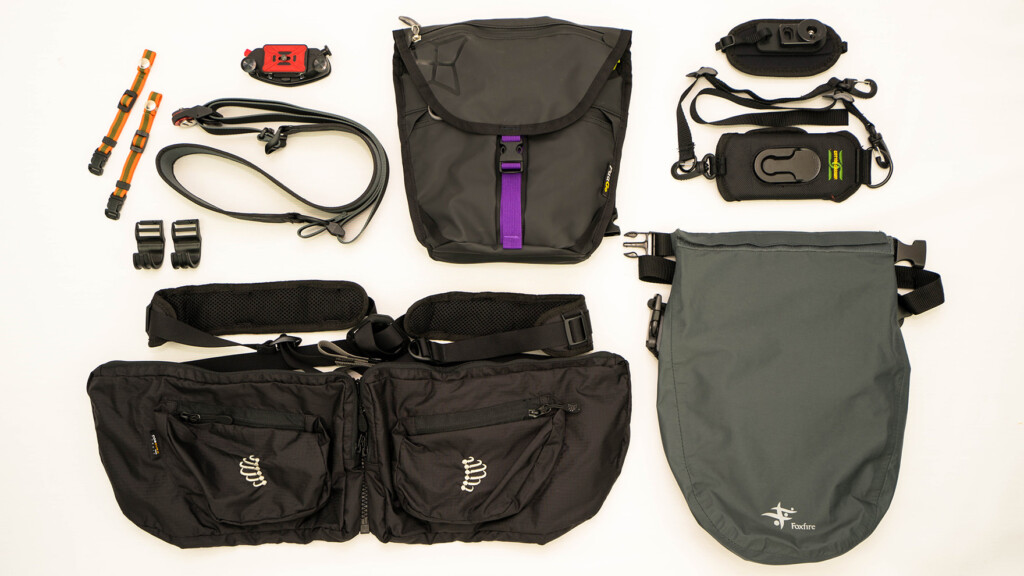
A summary of how to carry a SLR camera that is perfect for mountain climbing and traveling [Recommended by scene]
table of contents
The question of how to carry a SLR in the mountains is something that everyone is worried about.
He was obsessed with its charm, but at the end, he is unable to let go of the SLR cameras when he is outdoors. For those who don't have the trouble, why do they go to the trouble of making something so heavy and bulky? It may be. It's true that even on a day trip, luggage can be shockingly heavy, and the expensive and troublesome SLR cameras make you feel depressed for a moment every time you pack them.
However, SLR cameras that can have high expressive power can sometimes lock you in a fresh, fresh moment like a vacuum pack. For those who have learned about its magical power, the body is no longer possible to return to the beautiful but flat-pattern paintings like the iPhone, so in that case, the option of "it's too heavy is no longer possible."
When you start bringing your SLRs into the mountains like this, the question of how to carry your heavy, bulky SLRs is definitely the problem.
Of course, you can simply carry it in your backpack, but it is not realistic to put it in and take it out as soon as you feel it's good while walking. On the other hand, walking with a standard neck strap hanging around your neck is not only heavy and stiff, but it is also visible that it can be hanging and dangerous.
Gear, which has a reputation online, is certainly convenient, but it cannot be said to be perfect.
For this reason, in the past few years, when I heard that recommendations were recommended, I've looked with my own eyes, tried them out if I thought they were good, and then went through a thorough search for the most convenient carrying gear.
What we found out was that although they are all excellent in terms of their reputation, there is still no best way to carry them in any situation. Since it is a tool, all of the methods have their weaknesses in some way. The point is to know the advantages and disadvantages of each individual, and find the best way to carry it for you.
So this time, we've summarized the main styles and the advantages and disadvantages of each of these cameras on the mountains. In the second half, we will introduce the editorial department's recommended ways to carry it, along with evaluations of actual use, which suits your purpose and style.
table of contents
1. Assumptions for verification
2. Comparison of features of each carrying method
3. Recommended carrying gear for each scene
Assumptions for verification
First, we will introduce the equipment used to perform this test below. As you can see, you can see that it is not equipment that is typical of a professional photographer's level, but I don't deny any comments that say, "No, it's at a level that's enough to thrust both feet into the swamp." This is intended to be a situation where you use a camera in the same way as regular climbing where walking is the main focus.
Not that, but this time we removed the high-quality equipment for professional photographers, such as heavy equipment that exceeds normal hours of operation, backpacks made to carry cameras, and vests worn to carry cameras.
- Camera: SONY α7
- Main lens: SONY zoom lens Vario-Tessar T* FE 16-35mm F4 ZA OSS
- Sub-lens: SONY Single Focus Lens Sonnar T* FE 55mm F1.8 ZA
- Tripod (carry whenever you really need it): Velbon UT-43Q
Comparison of features of each carrying method
When hiking mountain climbing where you stay in a severe environment for long periods of time, you need to consider more points than usual when carrying your camera, and even more importantly for a heavy, complicated SLR camera, you will need to take into consideration various points such as the following: The evaluation results taking these into consideration are summarized below.
- Portability : Of course, you want to keep your luggage as light and compact as possible.
- Balance : If the load balance is poor, fatigue will gradually build up in that area, causing stiffness and pain.
- Comfort : Are there any unpleasant factors such as not hanging out when walking and not getting in the way, or are it prone to stuffiness, or is the load concentrated on the neck or one shoulder, making it easy to get tired?
- Quick photography : Even high-performance SLRs can be hard to put in and take them out, so you'll miss out on the opportunity to take them out.
- Safety : To protect expensive equipment from the risk of damage, waterproofing, dustproofing, and shockproof protection is required.
- Ease of setup : Is it easy to attach to a backpack or camera? Some items may not be able to be fitted, so be careful.
- Multifunctionality ...Of course, the main focus is to carry the camera, but the items that add a variety of conveniences to them are even more attractive.
- Price : For items of this type, there is a big difference in price between items, so thorough consideration is required.



![Sony Vario-Tessar T* FE 16-35mm F4 ZA OSS [SEL1635Z]](https://images-fe.ssl-images-amazon.com/images/I/41n4Q9z2xwL._SS100_.jpg)







